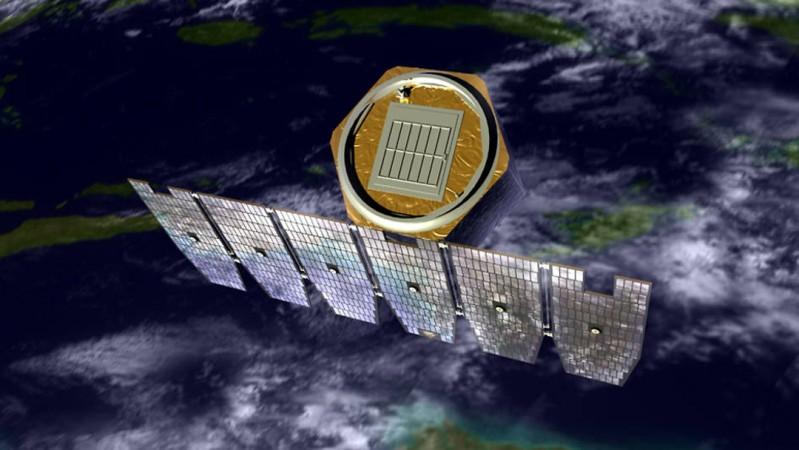
NASA's Aeronomy of Ice in the Mesosphere (AIM) spacecraft has showed the night-shining phenomenon over Antarctica in the Southern Hemisphere earlier than usual. Electric blue sky has been observed glowing due to the beginning of the noctilucent clouds season.
Noctilucent clouds — earth's highest clouds — are found sandwiched between earth and space 50 miles above the ground in the mesosphere. This atmospheric layer contains debris of disintegrated meteors. These clouds contain ice crystals and emit shocking blue rays while reflecting sunlight.
Noctilucent clouds are analysed by researchers for better understanding of the mesosphere and its link with the climate, weather and atmospheric changes. This occurrence is usually observed in the northern and southern hemisphere during summer.
During this occurrence, the mesosphere is humid because water vapour moves up from lower altitudes. This makes the temperature in mesosphere drop to almost minus 210 degrees Fahrenheit. The seasonal air flow patterns are responsible for the drop in temperature of these clouds.
According to the report by NASA, this occurrence of the noctilucent clouds started on November 17 2016 in the Southern Hemisphere. Scientists say that this points towards an earlier seasonal change at lower altitudes. The season is seen beginning anytime between November 17 and December 16.
The changes taking place in one region of the atmosphere can impact other regions too, even if they are distant. These relationships are called "atmospheric teleconnections" by researchers.
The AIM, initiated in 2007, is a NASA-funded mission managed by NASA's Goddard Space Flight Center in Greenbelt, Maryland. It is led by the AIM principal investigator from the Center for Atmospheric Sciences at Hampton University in Hampton, Virginia.















